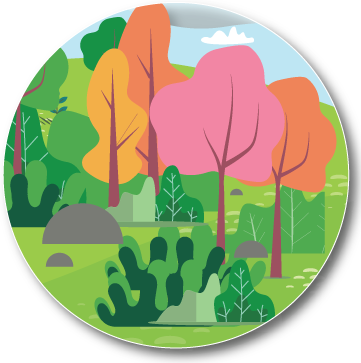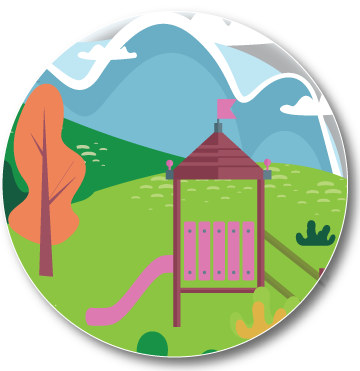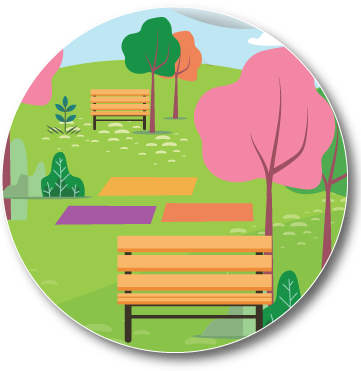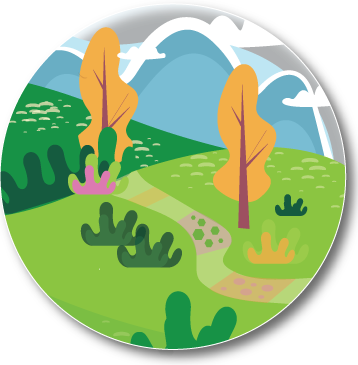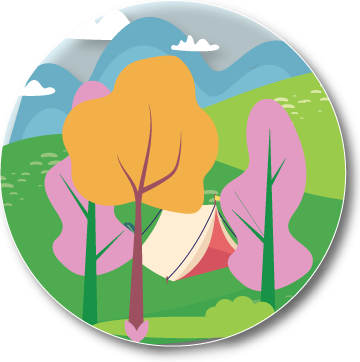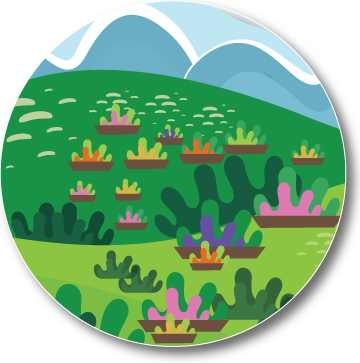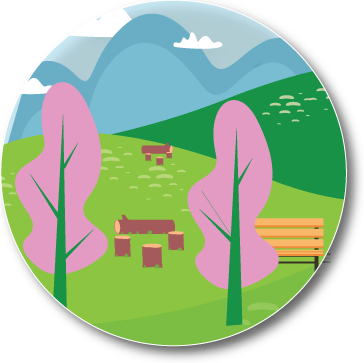The aim with the Dehors project is to deepen our knowledge and understanding about dimensions and factors that contribute to high quality in outdoor environments in Early Childhood Education and Care (ECEC) settings. The project aims to increase knowledge about how to design outdoor environments in an innovative way as well as to design activities that can be conducted in a variety of outdoor areas. Another focus of this project is to improve early childhood educators’ knowledge and skills of using the outdoor environment for learning purpose. Pre-school playgrounds often include green areas and the role of green spaces for learning and well-being has been reviewed by Kuo, Barnes and Jordan (2019). They conclude that there is a growing body of research indicating that nature experience does promote learning in different ways. Of particular importance for ECEC is that green settings tend to provide calmer, quieter and safer context for learning. It also enhances autonomy, the use of loose parts and more cooperation. In a school setting, outdoor education has the potential to increase particularly emotional and social dimensions of learning, but it can also improve cognitive learning (Becker, Lauterbauch, Spengler, Dettweiler & Mess, 2017; Fägerstam, 2012; Jordet, 2010; Mygind, 2020).
Preschool grounds are generally used for recess, play and physical activity but there is a need to learn more of how to use them for more structured learning activities. Through cooperative work and discussions during two workshops and coordination meetings, the project team agreed on eight different zones that we want to include as significant for a stimulating, inviting and varied outdoor environment. The zones have been chosen in cooperation with different experts in the field of ECEC, management and landscape architecture. A starting point for developing the work with the zones has been the use of the evaluation model “the 7 C’s” (Herrington, Brunelle & Brussoni, 2017). The 7 C’s are different criteria of outdoor characteristics identified as contributing to children’s development. They could be used for designing outdoor environment for children. The C’s stand for Character, Context, Connectivity, Clarity, Chance, Change and Challenge. The zones that the project decided to include are Secret places, Structured play zones, Wild area, Garden for all senses, Relaxed zone, Outdoor atelier, Meeting place and Learning pathways. The participating countries have agreed on definitions of learning objectives that are related to the different areas. The different countries have invented suitable activities related to each of the areas and tested each other’s activities. They have also included relevant links to respective curricula so the reader easily can find out how the activities in respective area can contribute to different learning outcomes stated in the curriculum for respectively countries’ ECEC institutions. A literature search has been conducted to scrutinize what research studies that have been made in relation to the different areas. Not all areas could be related to research studies about the area or similar.











